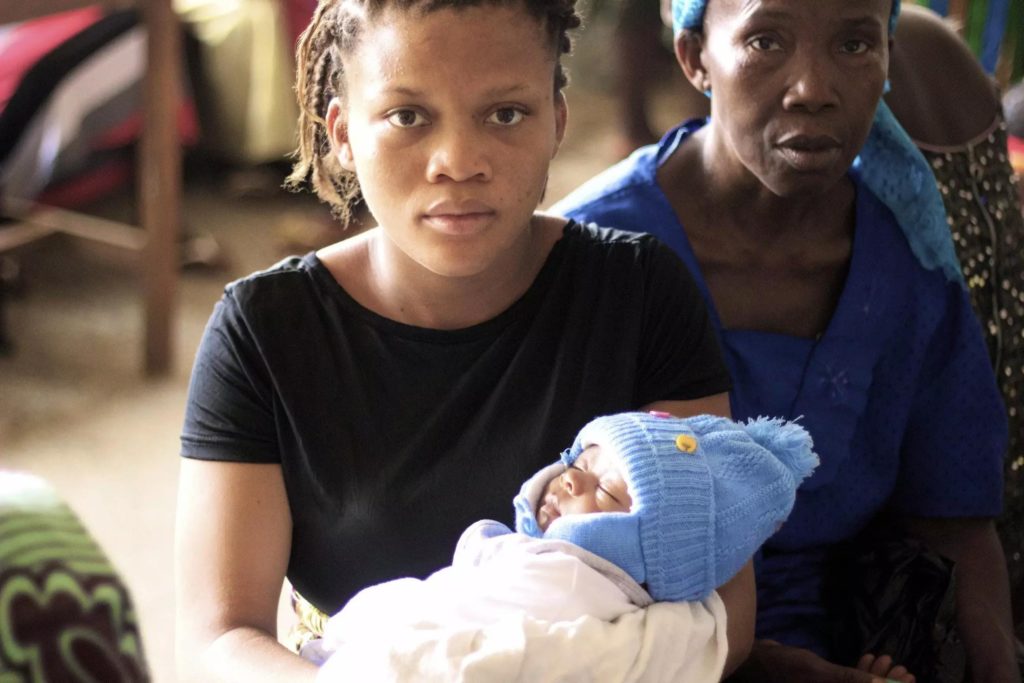In Nigeria, adolescent pregnancy comes with social stigmatization and other forms of discrimination in many communities..
Teenage otherwise referred to as the adolescent stage is widely regarded as the most critical transition phase of development from childhood to adulthood. It is characterized with features of physical growth, biological, cognitive, social-economic, emotional and psychological changes. There is no other developmental period during which individuals grow more than during the period of adolescence.
In Nigeria, adolescent group makes up one fifth of the entire Nigeria population (10-19 years), and ranked fifth in regards to child bearing before age fifteen and fifteen in the top twenty who have children between the age group of 15-18 years.
National population commission report of 2013 clearly showed that 23 percent of adolescent girls age 15 – 19 years became mothers or pregnant with their first child. Research findings also showed that the prevalence rate of adolescent pregnancy is highest in the North-West region accounting for 36 percent and the lowest in the South-east and south-west.
Precisely, Kastina State is leading and accounts for about 65 % cases of adolescent pregnancy in Nigeria. About third of adolescent pregnancy in Nigeria is found in the northern part of Nigeria.
Several factors have been attributed to the incessant increase of adolescent pregnancy in Nigeria. The factors include; absence of good parental upbringing, influence of peer groups, lack of sexual education, financial constraint, sexual assaults, religion and cultural beliefs and other factors.
Adolescent pregnancy comes with myriads of immediate consequences which adversely affect the health, education, income earning potential and to a large extend alters the course of their entire life. They are also less likely to have access to education about sexual and reproductive health. They are also prone to emotional problems, substance abuse and sexually transmitted diseases.
Adolescent pregnancy comes with social stigmatization and some forms of discrimination in many communities.
Pregnancy in adolescent girls expose them to complications such as obstetric fistula basically due to their body not fully developed physically to accommodate healthy pregnancy, illness, injury and death. Health problems are more likely to be seen if female adolescent becomes pregnant too soon after reaching puberty. Access to quality health care by young pregnant girls is limited and fails adolescent girls who become pregnant and died of complications before, during and after childbirth.
Most successful programs and prevention approaches to address the problem of adolescent pregnancy include appropriate counseling, affordable and adequate healthcare services, abstinence promotion and contraception information, contraceptive availability, sex education, school-completion strategies, and job training. Health systems need to be able to respond to the special sexual and reproductive health needs of adolescent girls.
Since the problems of adolescents pregnancy are multi-dimensional in nature there is therefore urgent need for holistic approach in addressing this menace and supporting adolescent girls to realize their potential.
